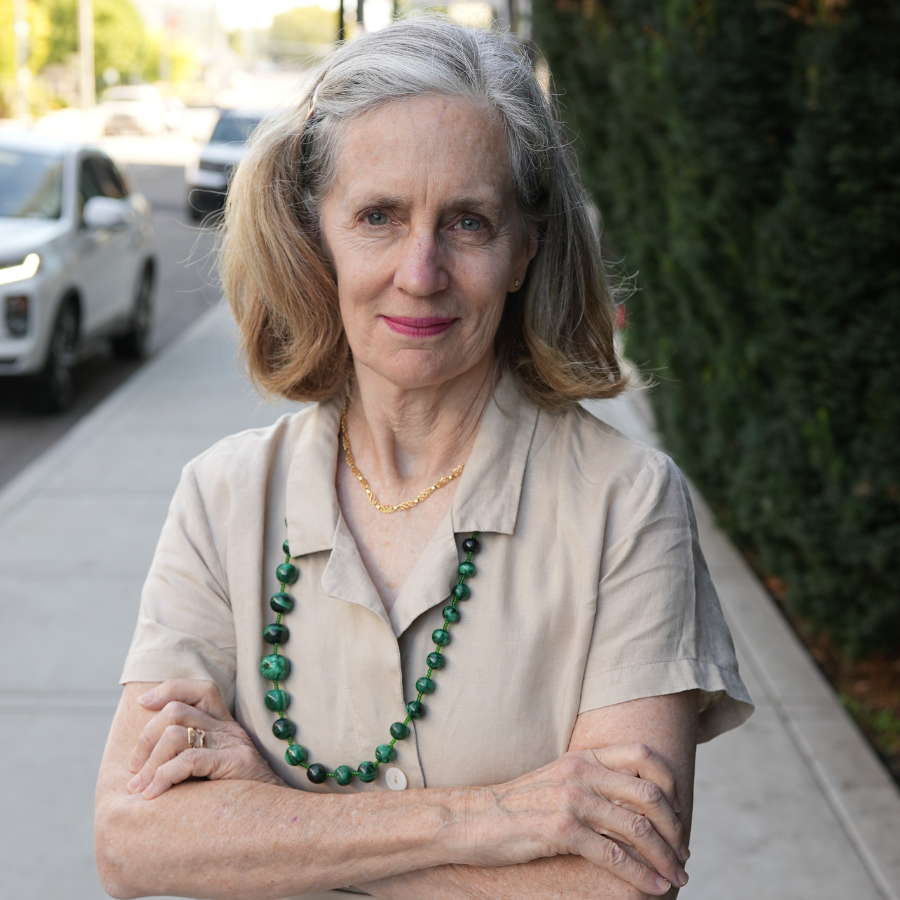Related Articles
Yesterday The Seattle Times editorial board attacked the popular and innovative idea of giving needy families direct access to their child’s education funding so parents can exercise school choice.
Using choice to improve education outcomes for children is becoming increasingly common across the country. Lawmakers in 32 states have passed school choice programs giving the most deserving families access to public funding to choose a private school. Twelve of these states have made choice available to all families without restriction. Currently 20 million students live in states that offer either universal vouchers or at least limited access to choice programs.
Education Savings Accounts, direct scholarships, vouchers and other forms of school choice expand learning opportunities for children. These programs provide access to online education, homeschooling and private school, at the parents’ discretion.
The Seattle Times editorial board members say they don’t like Education Savings Accounts because they empower parents and take money from existing public systems. In other states ESAs provide between $4,600 to $8,000 per child in public funds to cover the cost of education, including private tutoring and private tuition expenses.
Opponents of choice say ESAs “allow private schools to cream the best students away from public education,” and that they “drain money from public education.”
Neither claim is true. Here’s why.
First, the claim that school choice creams away the best students is not supported by the evidence. It also applies an unfair double standard. Many top-performing public schools attract the best students. In addition this claim is transparent fearmongering. Many families are happy with and proud of their community public school and have no desire to change. In states with universal school choice the great majority of families choose to remain enrolled at their local public school.
Of course the Seattle school board made the city’s public schools less attractive by cancelling the popular learning program for gifted students because, they claim, too many white children had been enrolled. Ending advanced learning provides one more reason for families of all backgrounds to seek alternatives.
We also need to recognize the uglier side of school choice opposition. Some private Christian schools, for example urban Catholic schools, specifically serve low-income, minority and immigrant families. These schools provide a high-quality alternative to the failing public schools in some of Washington’s poorest neighborhoods. Inner-city parents know that a good education is the best route out of poverty.
We have to face the uncomfortable fact that anti-religious bigotry fuels some of the emotional opposition to ESAs and other school choice programs.
Second, the claim that choice drains money from public schools is demonstrably false. Every state that has enacted a school choice program has increased spending on the public system as well. A review of all 32 states, including the 12 that provide universal choice, shows state and local public education budgets are higher now than when choice programs were enacted.
Further, every state-level choice program provides less funding per child than is provided in the public system, freeing up more funding to put into traditional public schools.
For example, Arizona’s universal ESA program provides $8,000 per student while the state provides $14,000 per student in the public system. Clearly, education choice does not take money away from public schools.
(For more see “School Choice Saves Arizona Money,” by Jason Bedrick and Corey DeAngelis, June 4, 2023, The Wall Street Journal at https://www.wsj.com/articles/school-choice-saves-arizona-money-hobbs-bankruptcy-private-public-esa-27950134, and “The latest lie about school choice in Arizona,” by Matthew Ladner, August 5, 2024, The National Review at https://www.nationalreview.com/2024/08/the-latest-lie-about-school-choice-in-arizona/.)
Washington lawmakers are required to fund the education of children, not blindly support existing bureaucratic systems. A child can access a good education in a variety of ways, school choice simply expands the number of options available.
School choice programs help achieve this noble purpose by giving parents who want it the power to decide which school their child will attend – for children of all backgrounds.






